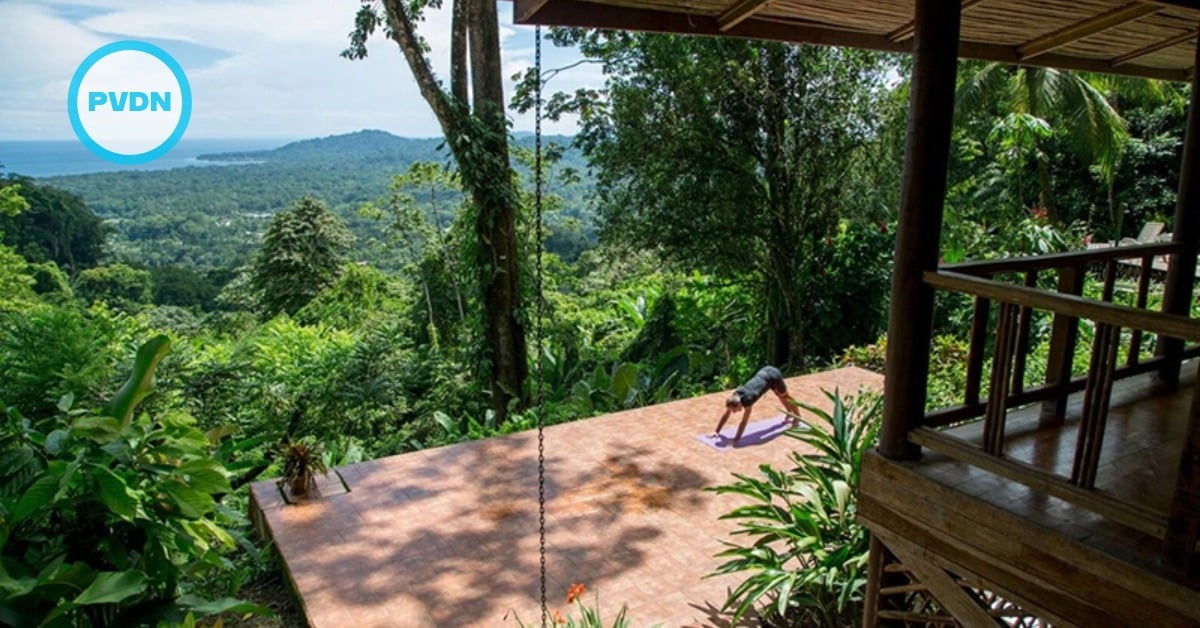Mexico’s commercial real estate industry is experiencing a second wave of growth brought about by the creation of investment trusts, significant changes in regulations, competitive land prices and the economic development of new business centers across the country.
According to The Mexican Association of Real Estate Professionals, the sector is expected to see a growth of 6% in 2014, which, according to its president, Martha Ramirez Gallegos, will exceed the predicted 2.77% GDP growth for this year.
In a recent annual survey conducted by The Association of Foreign Investors in Real Estate- (AFIRE) Mexico was listed as the . . .







